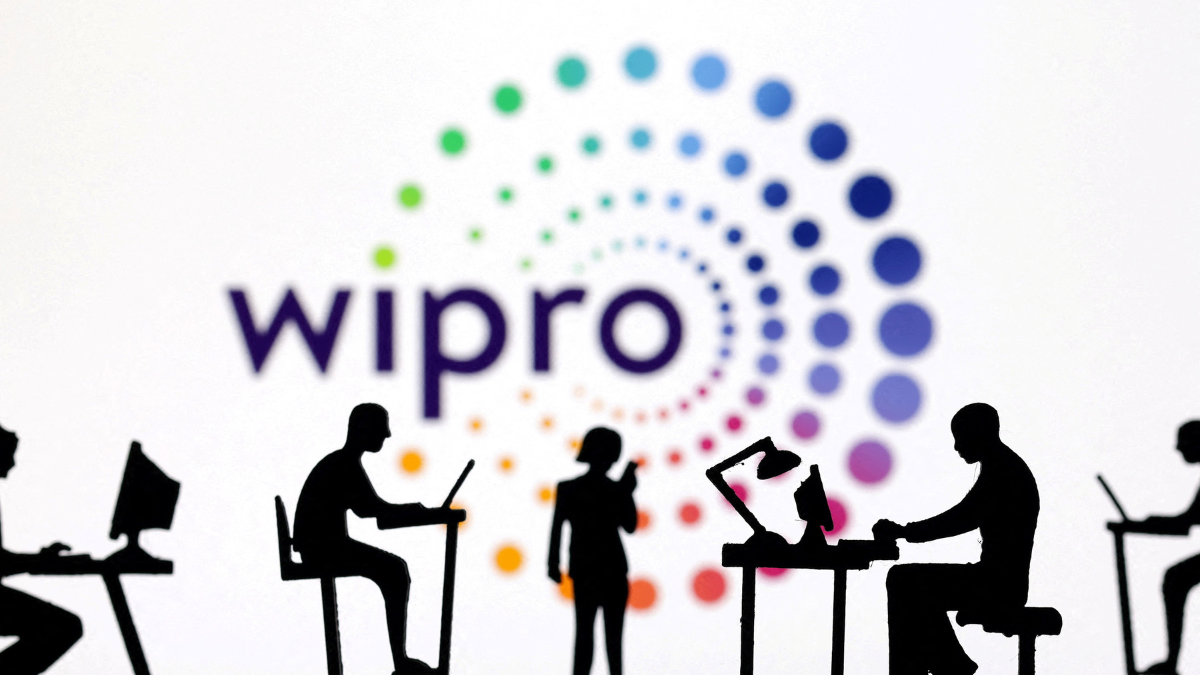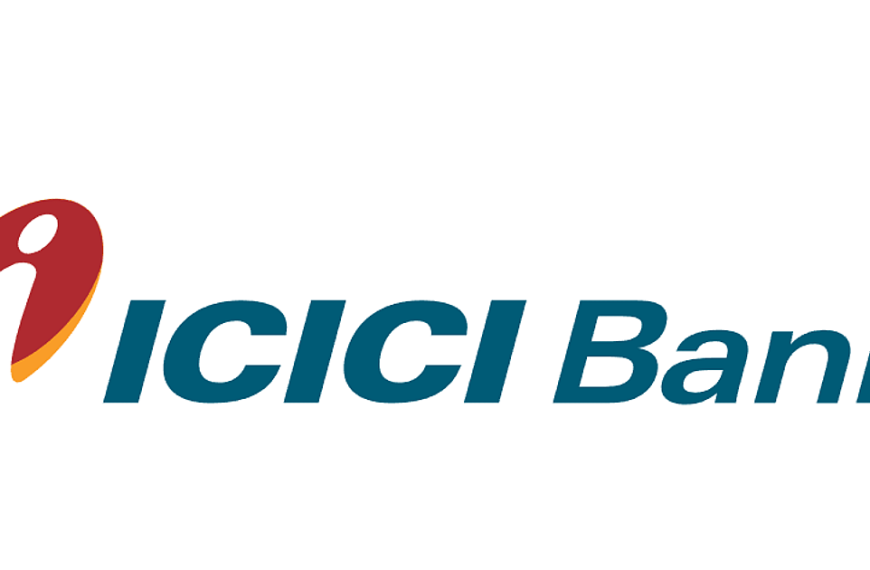Wipro’s American Depositary Receipts (ADRs) experienced a notable decline of 3%, closing at $2.73 on Wednesday, April 16. This downturn followed the company’s release of its fourth-quarter financial results, where the ADRs even dipped by as much as 6.7%, reaching an intraday low of $2.63 before making a slight recovery. The primary catalyst for this selloff was a lackluster outlook for the upcoming quarter, with Wipro indicating weak revenue projections for the April-June period.
Performance on Indian Stock Exchanges
On the Indian stock market, Wipro shares ended the day with a 1.39% increase, closing at Rs 247.5 on the BSE ahead of the earnings announcement. However, the optimism did not carry over to the ADRs, highlighting a disconnect between local and international investor sentiment.
Key Factors Behind Wipro’s ADR Decline
Wipro’s recent performance has raised concerns among investors. Here are four pivotal factors contributing to the drop in its ADRs:
1. Dismal Revenue Forecast for Q1 FY26
Wipro’s guidance for the April-June 2025 quarter appears grim. The company anticipates a decline in IT services revenue between 1.5% and 3.5% in constant currency terms, estimating revenues between $2.505 billion and $2.557 billion. This prediction follows a flat revenue guidance in the previous quarter, leaving stakeholders anxious about future performance.
2. Global Trade Tensions Impacting Client Spending
Wipro’s management highlighted the challenges posed by rising global trade uncertainties, particularly tariff-related issues, as significant factors affecting client spending. CEO Srini Pallia noted that “recent tariff announcements have only added to the uncertain demand environment.” This anxiety over inflation and a potential slowdown in the U.S. economy has led clients to adopt a more cautious approach, postponing technology investment decisions.
3. Stagnant Growth in Core IT Services
Even though Wipro reported a 26% year-on-year increase in net profit, totaling Rs 3,570 crore, its core IT services sector is under pressure. This segment experienced a 1.2% sequential decline and a 2.3% annual decrease in revenue. The operating margin in this area remained unchanged quarter-on-quarter at 17.5%, indicating ongoing struggles.
4. Uncertain Macroeconomic Landscape
The outlook for India’s $283 billion IT industry continues to be precarious. Wipro, similar to its larger competitor TCS, expressed concerns about dwindling demand and client reluctance amid a turbulent macroeconomic environment. Although digital transformation remains a priority for clients, projects are being delayed, and budgets are being trimmed.
Bright Spots Amid Challenges
Despite the overall weak outlook, Wipro’s fourth-quarter results revealed some positive trends. The company achieved a 6.6% sequential increase in net profit, exceeding analyst expectations. Additionally, large deal bookings surged to $1.76 billion, marking an impressive 48.5% year-on-year increase. The total bookings for the quarter amounted to $3.96 billion, reflecting a 13.4% growth quarter-on-quarter.
Wipro also maintained a stable workforce, with a slight rise in headcount to 233,346 employees, compared to 232,614 during the same period last year.
In conclusion, while Wipro faces significant hurdles in the near term, there are areas of growth that could signal resilience. As the company navigates this challenging landscape, stakeholders will be keenly watching how it adapts to the evolving market conditions.











